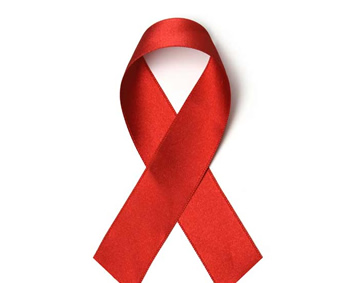Upper West has second lowest HIV prevalence rate
 The Upper West Region has the second lowest HIV prevalence rate of 1.3 per cent in 2015 according to the HIV Sentinel Survey.
The Upper West Region has the second lowest HIV prevalence rate of 1.3 per cent in 2015 according to the HIV Sentinel Survey.
The Northern Region has the lowest rate of 1.2 per cent out of the 10 regions in Ghana.
Mr Amidu Chinnia Issahaku, Deputy Upper West Regional Minister, said this during the Regional Dissemination of the National HIV and AIDS Strategic Plan (NSP) 2016-2020 and the Ghana AIDS Commission (GAC) Act 2016 (Act 938) in Wa.
While commending the region for chalking such a feat, the Deputy Regional Minister also touted the country for recording a low HIV prevalence rate of 1.8 per cent and attributed it to the implementation of well-planned programmes and actions guided by strategic plans.
Mr Chinnia Issahaku said there are still challenges in the areas of mobilizing adequate resources for addressing livelihood enhancement and providing sustainable home-based care to Persons Living HIV (PLHIV), orphans and other vulnerable children.
He expressed worry that PLHIV still report that their rights were being abused and trampled upon at health facilities, work places and their homes.
The Deputy Regional Minister said there is the need to improve on comprehensive knowledge of HIV among the public and promote safe sexual practices to prevent HIV and Sexually Transmitted Infections (STIs).
Dr Mokowa Blay Adu-Gyamfi, Acting Director General of the GAC, said following the end of the NSP 2011-2015 in December 2015, the GAC together with its stakeholders embarked on a process to evaluate its impact to inform the development of a new strategy for the next five years taking into consideration the global direction of the HIV response.
The challenges and gaps identified and the lessons learnt from the End Term Evaluation of the NSP 2011-2015, priorities identified by stakeholders at the 2015 Partnership Forum as well as inputs from regional and district level stakeholders guided and informed the development of the new NSP 2016-2020, she said.
The Former Ambassador said the document would guide them in improving quality, coverage and scaling-up of services for the national response in the next five years towards the achievement of the 90-90-90 targets.
Dr Adu-Gyamfi said there is the need for all regional and district level stakeholders to be well informed about the contents of the strategic plan.
This, she said, would help every stakeholder to have a clear understanding of the strategic direction of the national response as they provided services and implemented the activities for the next five years.
In a similar fashion, the Acting Director General of the GAC noted that the Commission also embarked on an agenda to take a critical look at the GAC Act 2002 (Act 613) with the primary aim of making the Commission more efficient by reducing its membership, by establishing a national HIV and AIDS Fund and make clear, provisions that protected the human rights of PLHIV.
These processes, she noted, finally led to the repeal of Act 613 and the passage of a new Act, GAC Act 2016 (Act 938) in December.
Dr Adu-Gyamfi said the passage of the new Act restructured the management and coordination arrangements of the national HIV response, provided a framework to ensure adequate, sustainable and predictable funds for the response and a legal framework to address issues of stigma and discrimination.
Source: GNA
